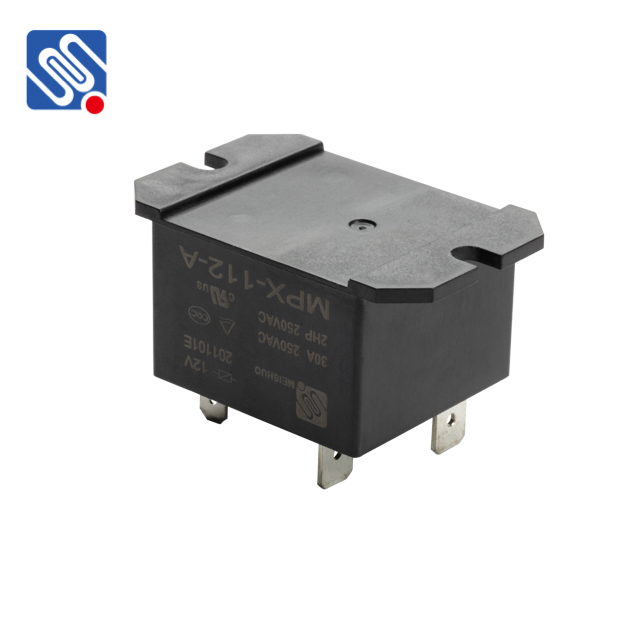understanding the 220v 30a relay: key features, applications, and benefits
Release time:2025-05-11 12:23:22
A 220V 30A relay is a type of electromagnetic switch that is widely used in electrical and electronic systems. Its primary function is to control the flow of electricity in a circuit by opening or closing a set of contacts in response to an electrical signal. The 220V refers to the voltage the relay is designed to handle, and the 30A indicates the current capacity it can safely switch. In this article, we will explore the technical specifications, applications, and benefits of the 220V 30A relay.

What is a 220V 30A Relay?
A relay is essentially an electrically operated switch. It consists of a coil, an armature, and contacts. When an electrical current flows through the coil, it generates a magnetic field, which pulls the armature and either opens or closes the contacts. The relay acts as an intermediary between a low-power control circuit and a high-power system, allowing a small electrical signal to control larger, more powerful devices.
The 220V 30A relay is designed specifically for systems that operate on 220V AC (alternating current) and can handle up to 30 amperes of current. It is commonly used in industrial, commercial, and residential applications where high-power switching is required. With its ability to control heavy electrical loads, it is an indispensable component in various control systems.

